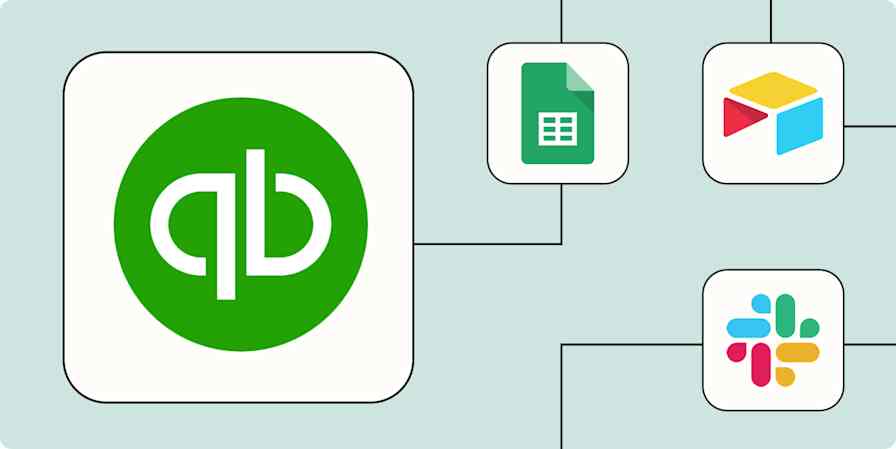Business tips
5 min readThe importance of real-time financials for scaling companies
Why bookkeeping should be a priority for small businesses
By Lior Zehtser · January 12, 2021

Get productivity tips delivered straight to your inbox
We’ll email you 1-3 times per week—and never share your information.
Related articles
Improve your productivity automatically. Use Zapier to get your apps working together.








